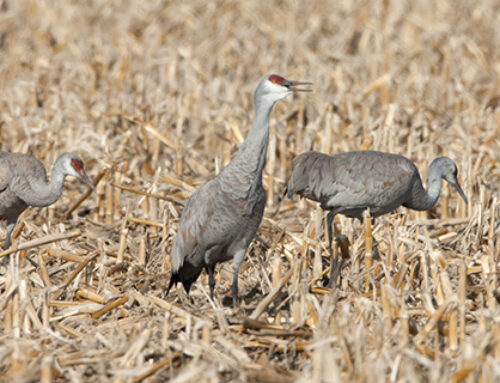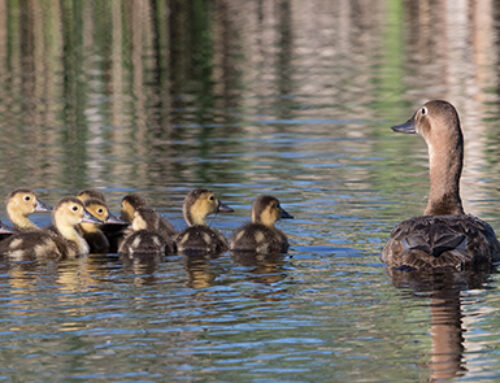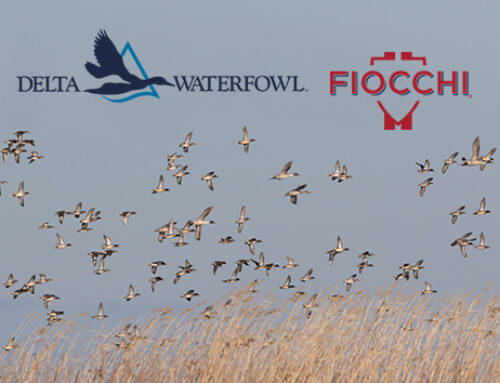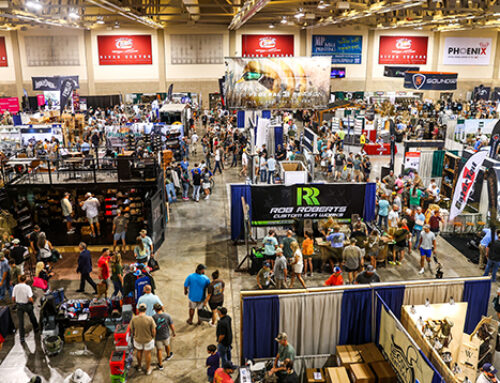Delta’s Waterfowl Breeding Habitat Conditions Update as of May 31
Both the U.S. and Canadian sides of the prairies have seen a loss of moisture, California conditions remain unusually promising

Conditions for breeding ducks remain largely promising, however, Delta Waterfowl’s wetland monitoring system indicates that conditions declined in some key regions during the critical month of May.
On the U.S. side of the prairies, moisture levels in certain areas expectedly began to deteriorate as we lost some of the small, ephemeral wetlands to warming temperatures. Importantly though, Montana has continued to maintain great moisture, along with areas of North Dakota essential for producing ducks.
On the Canadian side of the prairies, we have seen a significant deterioration in moisture levels. Areas of Quebec and Ontario show good-to-excellent conditions, but we are not yet sure how recent wildfires have affected their landscapes. Most of the fires appear to have occurred in more northern areas of Canada, which fortunately support lower densities of breeding ducks than the parklands and prairies. But, if the fires expand and affect the prairie habitat farther south, ducks will lose critical nesting habitat. These wildfires do not necessarily correlate with a total loss of wetlands; however, it is clear that Alberta, Saskatchewan, and other key provinces are much in need of rain.
In the Atlantic Flyway, conditions remain good-to-excellent across nearly the entirety of the vast Eastern Survey Area.
Out west, British Columbia, Washington and, especially, Oregon, have seen losses in moisture, but remain in fair-to-good shape. And the comeback success of California’s conditions remains promising for the state’s hunters, who deeply depend on resident-breeding mallards for success.—Mike Buxton






SLOW IT DOWN….your getting as bad as DU.